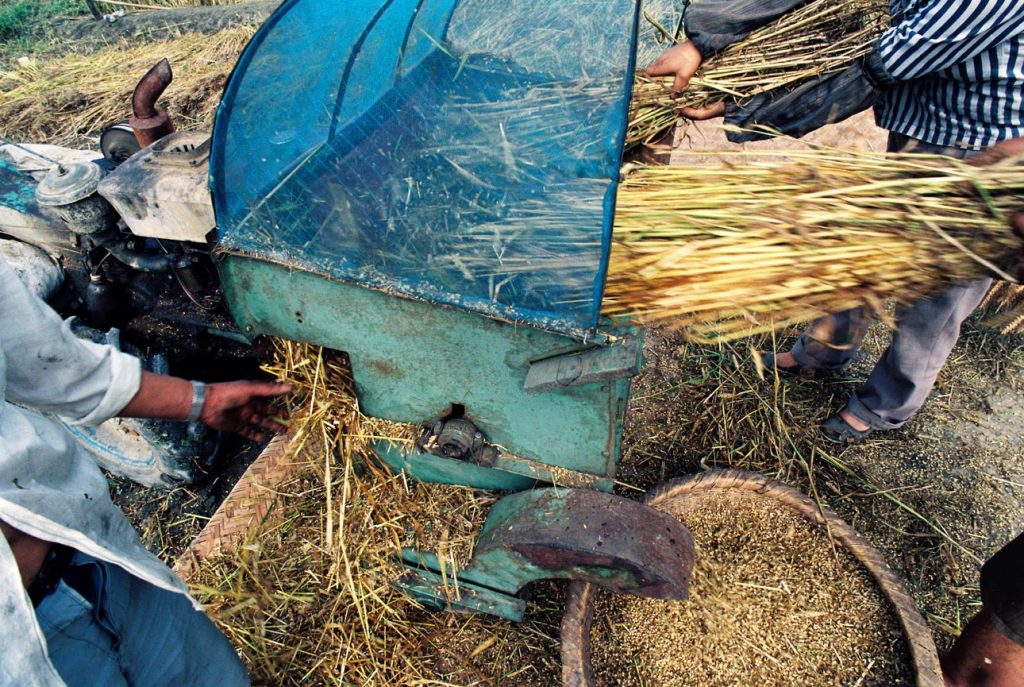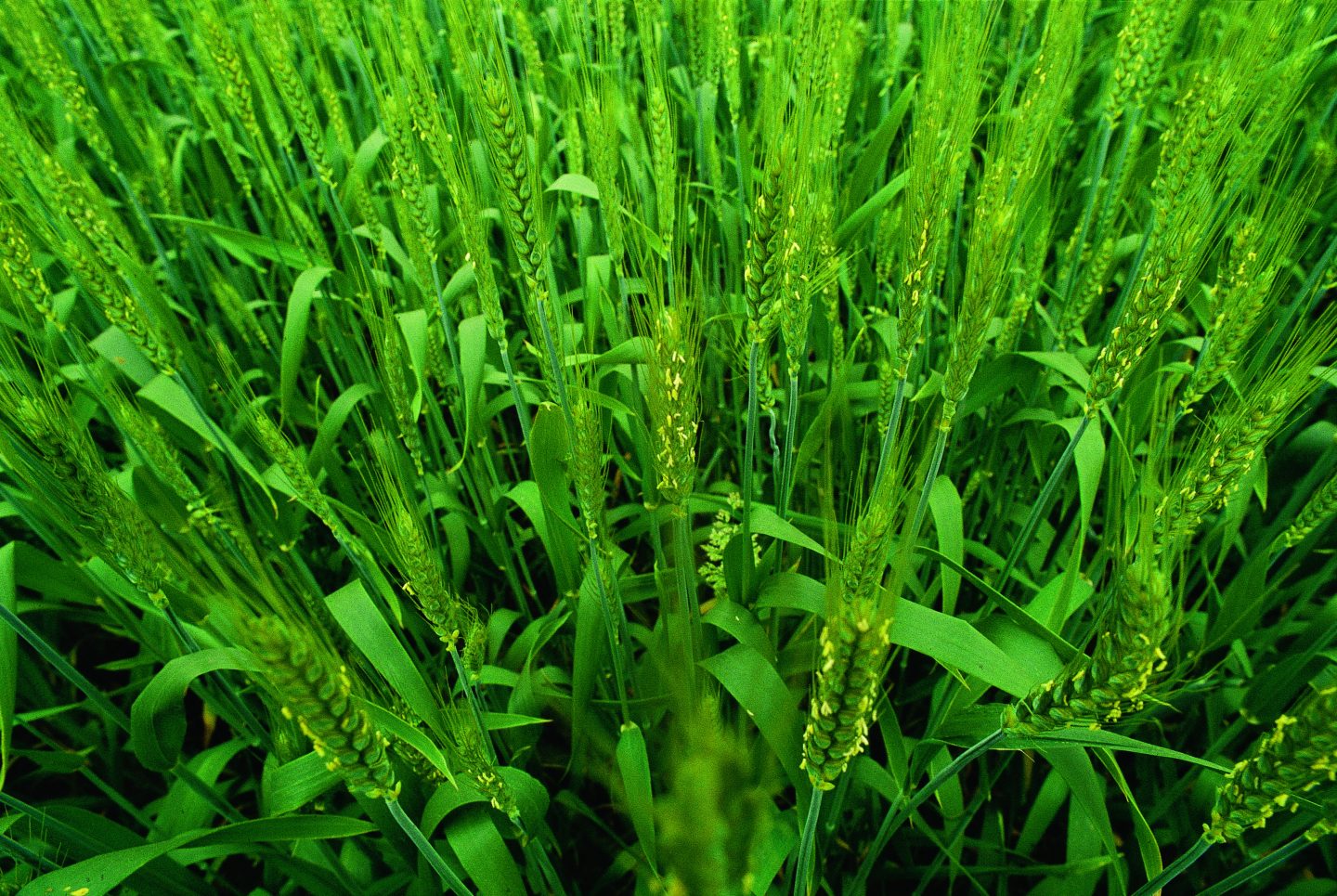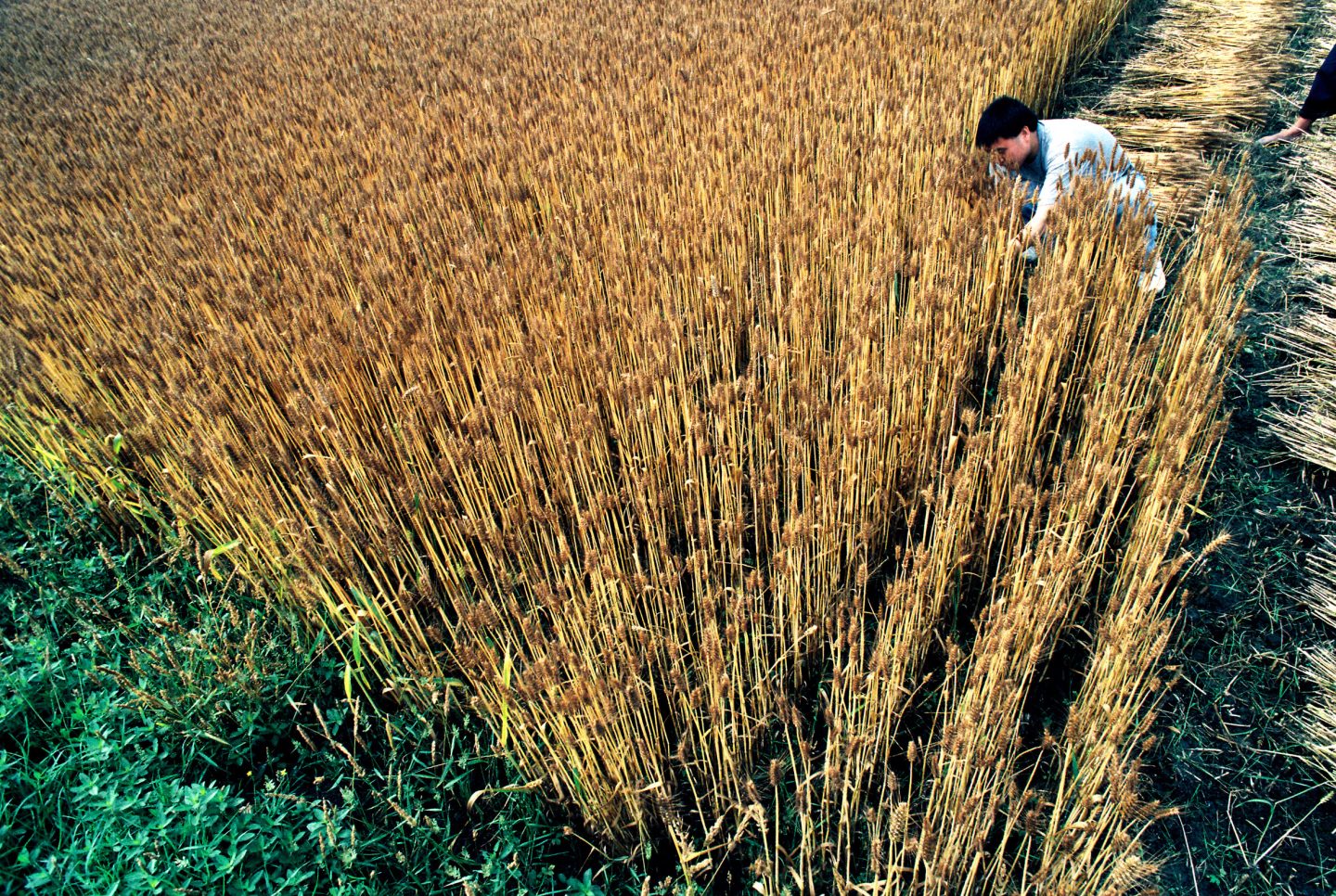Press Release

‘…… Immediately following this was the 1994 Cycle-Planting programme. Wang Jianwei returned to the place where he used to be inserted into the army, and signed an agreement with the local farmers: the farmers took out one acre of land for the test field, he provided the seeds of the new varieties, and the farmers were responsible for sowing the seeds, and the risks and benefits were shared by both sides. As a result, the test field yielded 800 catties per acre, which is 100 catties more than the highest acre yield in the area. Wang Jianwei and the farmers together with the harvest is divided into four parts, pay rations, reserved seeds, farmers’ rations, their own harvest. He recorded the entire planting process with a foolproof camera, exploring the new relationships that may arise when he enters other fields with his ‘artist identity’.
Wang Jianwei sees this as a ‘scientific laboratory’, in which he tries to establish a de-subjectivised association between the natural properties of objects and their social functions, with the intention of freeing the subject from the identity of the artist and moving it to the neutral object itself. Here, the artist as the subject itself becomes the object of his scepticism. This scepticism, apart from his perception of history and reality, also stems from his understanding and attitude towards knowledge itself. One of the ideas in physicist Niels Bohr’s theory of ‘Wave-Particle Complementarity’, ‘Complementarity between Two Opposing Images’, inspired his thinking and understanding of knowledge or art itself. He suddenly realised that knowledge contains within it the suspicion and resistance to knowledge itself, so that knowledge is not a note or a concept of art, and that all its artistic practices have no boundaries either of knowledge or of medium. More importantly, there is no room for one kind of knowledge to dictate, kidnap or hijack other knowledge or non-knowledge, nor is there any system that can serve as a support for another.’ –Hou Hanru















